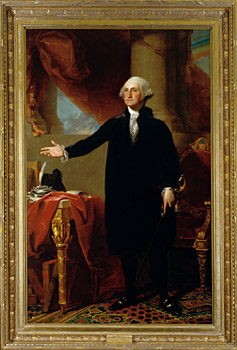Photo Credit: Marcus Yam for The New York Times
The scaffolding for Tatzu Nishi’s “Discovering Columbus” is rising toward the statue.
Visitors will be able to climb stairs (or ride an elevator) to a living room.
How does an accurate understanding
of the past shape who we are?
In April 2011, I worked with a group of university preservice teachers on a multidisciplinary project that utilized a Library of Congress pathfinder: carrotandstick.weebly.com. The title of this Webquest "Carrot & Stick" refers to the complex relationship the United States has had with Mexican Americans since the turn of the twentieth century. Domestic policies that have both rewarded and punished immigration lead to this WebQuest's Essential Question: Who should have access to the American Dream? During the presentation to our classmates, one student stated that because our members did not seem to be of Hispanic or Latino descent we should avoid teaching the material because our perceived lack of ethnicity made us unqualified.
As someone who comes from a family where adoption has played a large role in creating both my genetic and cultural makeup, I found the statement surprising. Isn't it the collective stories of all Americans that make up my story as well? I love the television programs, Who Do You Think You Are? and Harvard professor Henry Louis Gates, Jr.'s Faces of America & Finding Your Roots. I am particularly fascinated by the moments when people discover that they have ancestors that don't think, look or come from the places they accept as a part of their cultural identity. One of the best documentaries I have seen the last couple of years discussing the "discovery of America" was hosted by award-winning journalist Rubén Martínez. As the demographics of the United States shift we are finally getting a more complete picture of America by telling the narratives of all its peoples. Martínez says it best:
"All of the United States was, of course, part of the New World. Yet we in this country have our own habit of focusing mostly on the European version of history. Long before the pilgrims ever set foot on these shores, Native Americans and Spaniards were battling over the destiny of the American Southwest. But somehow that part of the history of our country has almost always been left out. A mixed history is not an easy one to make sense of. It means literally following more than one story at the same time, multiple narratives, each one vying for the power to tell the whole story, which, of course, can't be told if any are left out. A story that's less about conquest than about the birth of a new culture. A one-sided story that became two, and then much more than two. If we can find the courage to tell our children THAT story, then maybe the world they bequeath to their children will be a better one."









